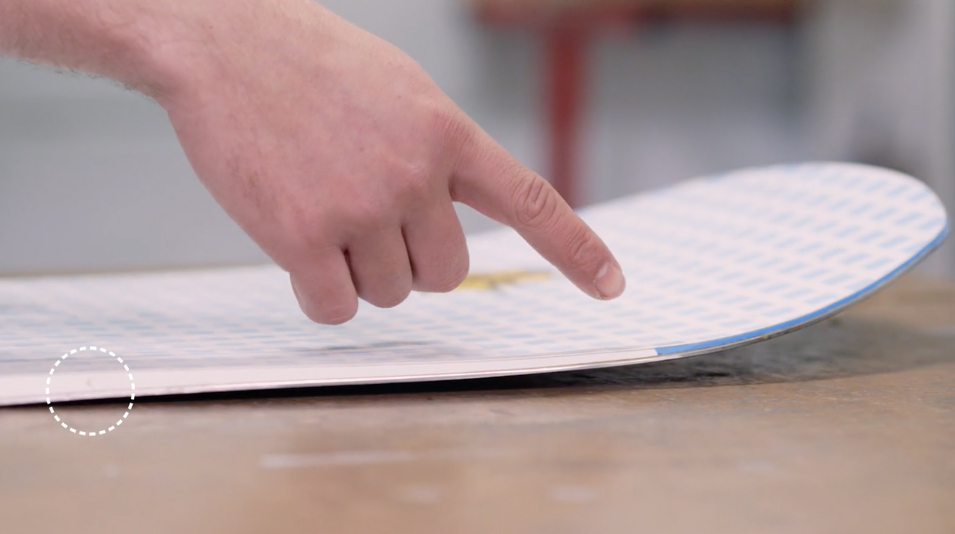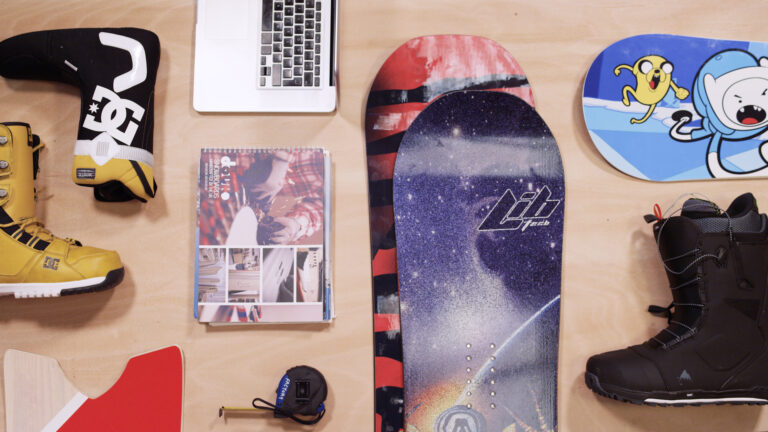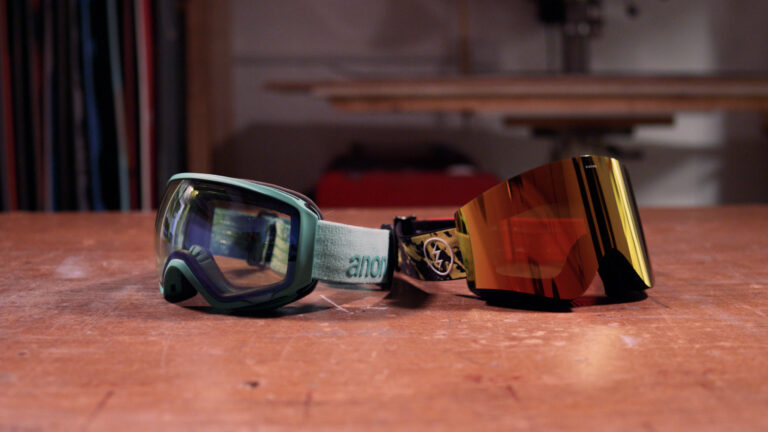Up until a few years ago, you could put a board down on the snow, look at it sideways and they would all look quite similar. Most board profiles had remained pretty much the same since the late eighties when camber was introduced. Prior to this, the early years of snowboarding were rife with experimentation and all kind of wacky designs.
It’s only in recent seasons that this experimental feel has been revived. In 2007, Lib Tech brought out the Skate Banana and K2 introduced the Gyrator. These reverse camber, or ‘rocker’, sticks marked the start of a board shape revolution.
So, what’s the difference between a cambered board and rocker board? And how does it affect the way you ride?





















